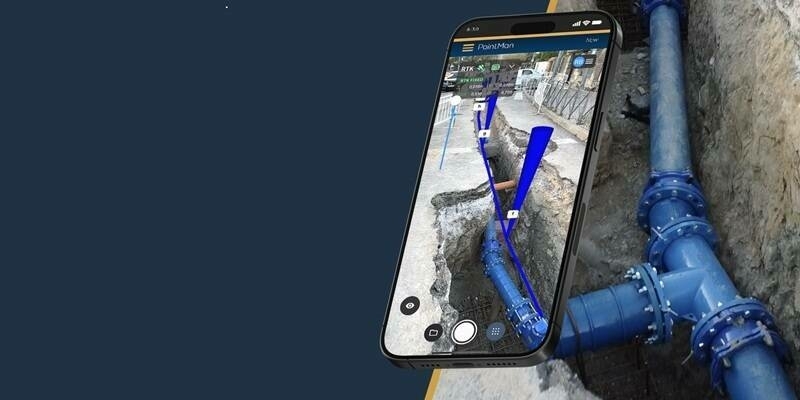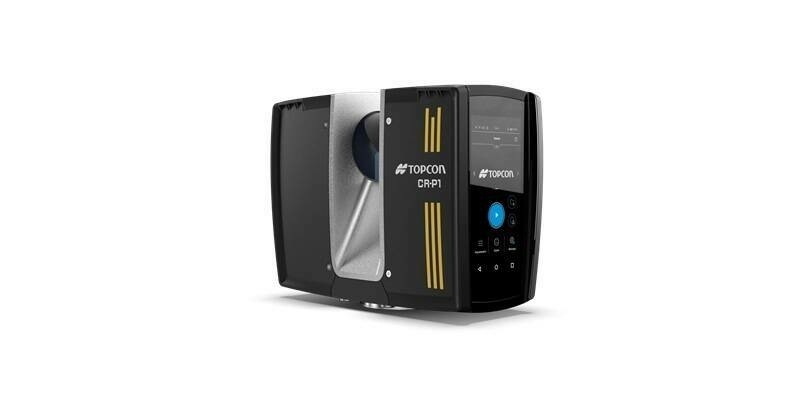“What is the accuracy I can achieve with Pix4Dmapper Pro?" is probably the most commonly-asked question we’ve received since developing the software. This is also the major concern for people who work in surveying and geospatial industries. In this article, we would like to share some useful information regarding the questions you may have: What overlap settings should I go with in order to get a better result? How do I know what the accuracy of my mapping outputs are?
Test Dataset Description
Here we compare the results generated from images with different overlaps. The original dataset, having a ground sampling distance (GSD) of around 2.9 cm, was acquired by our new Phantom 4 Pro with Pix4Dcapture: adjacent images have 95% frontlap and 90% sidelap. 21 points were surveyed using RTK method with a Triumph-LS. Five of them were used as ground control points (GCPs), and the rest were used as checkpoints for examining the results from Pix4Dmapper Pro.
In order to know if the image overlap has an impact on accuracy, we compare the following three projects (Skip 0, Skip 3, and Skip 5): Skip 0 is the project using the original dataset, Skip 3 is the project created with one image selected out of four, and Skip 5 was created with one image selected out of six. In other words, the three datasets will have approximately 95%, 80%, and 73.5% of image overlap, respectively. Creating different overlap projects by taking images out allows us to keep most factors consistent and obtain a reliable result.
Base-Height Ratio
Is it always the more overlap the better? Not necessarily. In traditional photogrammetry theory, the vertical accuracy is relevant to base-height ratio: the ratio of baseline and flying height. The term baseline refers to the distance between two camera positions. For the same flying height, shorter baseline (or more overlap) pairs intersect a 3D point at a sharper angle. A sharper angle will give you bigger errors in the vertical direction: one pixel of horizontal error will induce a vertical error of tan(90°-X/2) pixels, where is the intersection angle in degrees.
However, more image overlap will give the software more information for the transition. For example, matches not able to be found from a 60%-overlap image pair are probably going to be detected with more images taken between the pair. So wide-baseline pairs give you better accuracy but short-baseline pairs increase the possibility of finding more matches.
Now the question is, is Pix4Dmapper Pro smart enough to take into consideration that the matches were generated from longer baseline pairs or the shorter baseline ones, finding as many valid matches as possible while keeping the vertical accuracy?
Quality Assessment
To answer this question, we proposed a standard workflow for quality assessment.
1. Import images and the GCPs, making sure they are clicked on the wide-baseline pairs
To know if your clicks included the wide-baseline pairs. Check the error ellipsoid!
In Pix4Dmapper rayCloud, you may activate the display of error ellipsoid, which shows you the error proportions in X, Y, Z directions. The ideal situation is a sphere, when the errors in three directions are equal. If not, the long radius points to the direction where a larger error is introduced. For example, a well-overlapped, nadir image dataset will have the long radius pointing to the Z direction. However, if the errors in Z direction exceed 5 times those of X and Y directions, where none of your input data has gross errors, there might be a problem caused by short baseline matches.
2. Import the checkpoints, making sure they are clicked on the wide-baseline pairs
To assess the calibration (bundle adjustment) result, ground-surveyed checkpoints are imported. These checkpoints also need to be correctly clicked in order to tell the software where they are. Checkpoints are not taken into account for processing. The quality of the digital surface model (DSM), processed using only the GCPs was examined by comparing the height difference from the checkpoints.
For users who need an accurate map: You may assess the orthomosaic by checking the horizontal shifts of the checkpoints. In this dataset, the shifts are all less than 1 pixel.
Conclusion
Among the three different overlap projects, the highest overlap one “Skip 0” gives the best results though all of them give less than one pixel of horizontal accuracy and less than three pixels of vertical accuracy of the final DSM.
Pix4Dmapper Pro is capable of getting more contributions from wide-baseline matches, and higher overlap will ensure a better accuracy in your mapping output. To generate an accurate DSM and orthomosaic, you should go for nadir flight plans with high-overlap images, and remember to include wide-baseline pairs in both your GCP and checkpoint clicks. If you are not sure, always activate the error ellipsoid!
Although higher image overlap gives you better results in Pix4Dmapper Pro, the processing time is also nearly proportional to the number of images. The project “Skip 0” took 2 hours to finish the initial processing, while “Skip 3” and “Skip 5” only took 20 and 10 minutes. Take these factors into consideration to make sure you benefit the most from the software!
Images: Error ellipsoid showing if the clicks also include wide-baseline pairs. (1) Short-baseline clicks only (2) Clicks including wide baselines
For More Information View: https://pix4d.com/getting-expected-accuracy-pix4dmapper-pro/
Subscribe to our newsletter
Stay updated on the latest technology, innovation product arrivals and exciting offers to your inbox.
Newsletter

